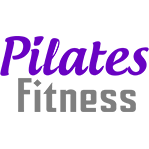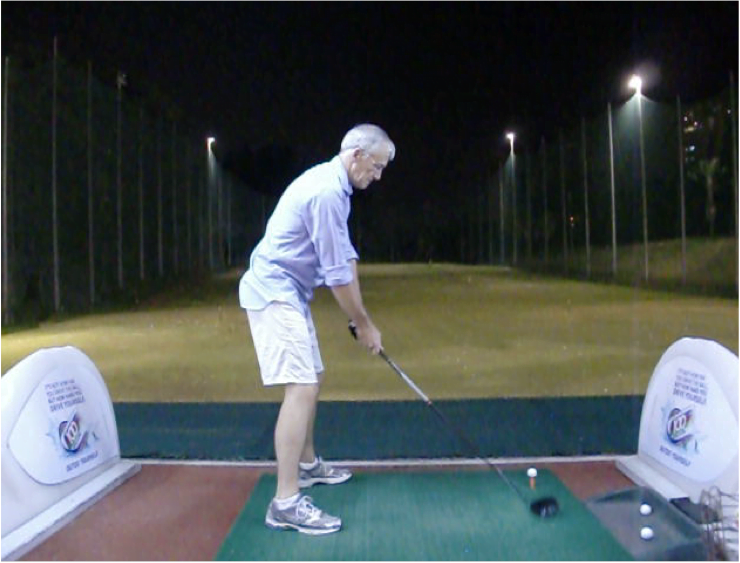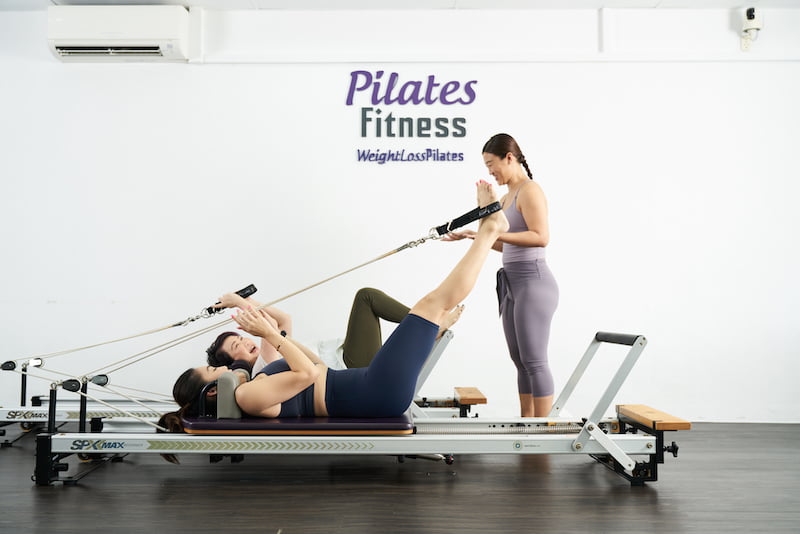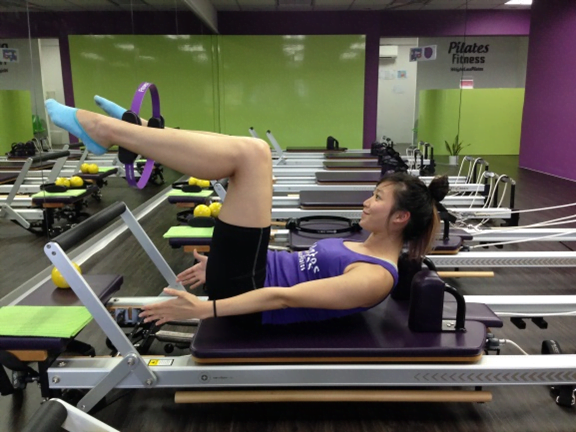17 Jul Top 15 Parks To Explore & Bond With Your Loved Ones
Taking a walk in nature is an inexpensive and accessible form of exercise that has been shown to provide several health benefits such as: Improved Mood Nature walks are linked to enhanced mental health and positivity, and can significantly decrease levels of depression, anxiety and stress ...







